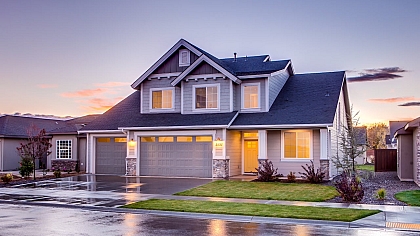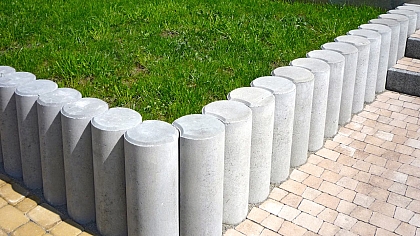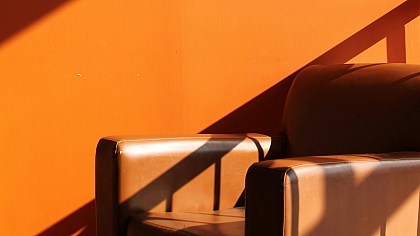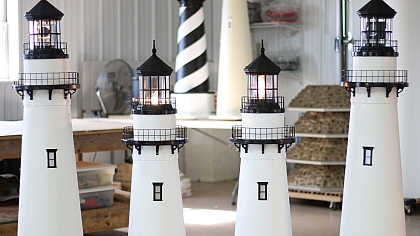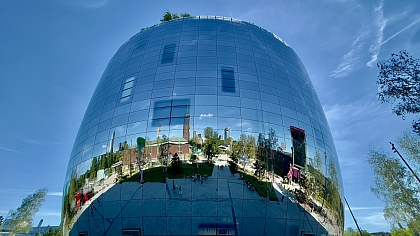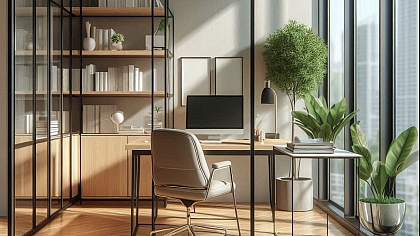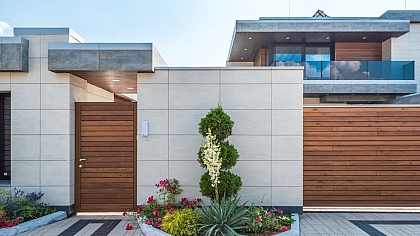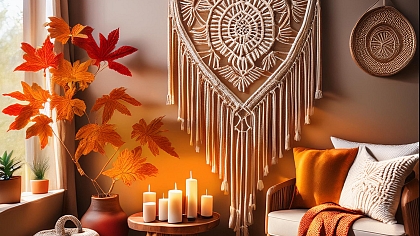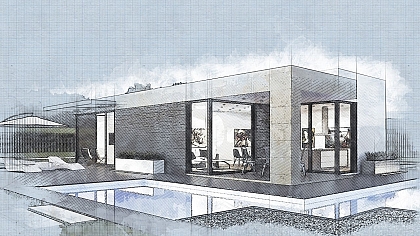
Biophilic Design: How Nature is Transforming Modern Architecture
Imagine walking into a building that feels like a breath of fresh air—literally. Sunlight streams through large windows, plants line the walls, and the sound of running water soothes your mind.
This is biophilic design, a way of bringing nature into our built environments. It’s not just about adding a few potted plants; it’s about creating spaces that connect us to the natural world.
What You Should Know About Biophilic Design
- Connects people to nature: Uses natural elements like plants, water, and sunlight.
- Improves well-being: Reduces stress, boosts mood, and enhances productivity.
- Sustainable: Encourages eco-friendly materials and energy-efficient designs.
- Versatile: Works in homes, offices, schools, and hospitals.
- Science-backed: Studies show it has real benefits for mental and physical health.
What is Biophilic Design?
Biophilic design comes from the word "biophilia," which means a love of nature. It’s the idea that humans have an innate connection to the natural world, and we feel better when we’re surrounded by it. In architecture, biophilic design uses natural elements to create spaces that feel alive and inviting.
For example, instead of a plain office with fluorescent lights, a biophilic office might have large windows for natural light, indoor plants, and wooden furniture. These elements make the space feel more comfortable and less sterile.
The Benefits of Biophilic Design
Biophilic design isn’t just about making spaces look pretty—it has real, measurable benefits. Here’s how it can improve our lives:
- Reduces stress: Natural elements like plants and water features help calm the mind.
- Boosts productivity: Studies show that workers in biophilic offices are more focused and efficient.
- Improves air quality: Plants act as natural air filters, removing toxins from the air.
- Encourages sustainability: Using natural materials and energy-efficient designs reduces environmental impact.
- Enhances creativity: Spaces with natural light and greenery inspire new ideas.
Real-World Examples of Biophilic Design
Biophilic design isn’t just a theory—it’s being used in real buildings worldwide. Here are a few examples:
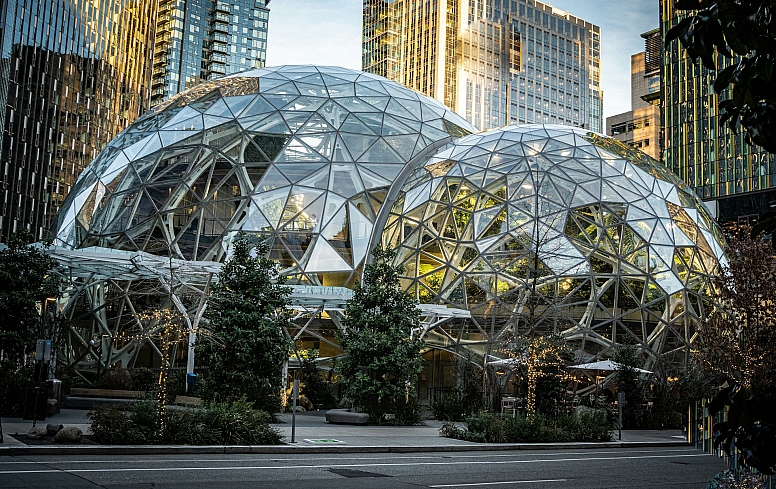
- The Amazon Spheres (Seattle): These giant glass domes are filled with over 40,000 plants, creating a rainforest-like environment for employees.
- Khoo Teck Puat Hospital (Singapore): This hospital uses gardens, water features, and natural light to create a healing environment for patients.
- One Central Park (Sydney): This residential building features vertical gardens and green walls, blending nature with urban living.
How to Incorporate Biophilic Design
You don’t need to be an architect to bring biophilic design into your life. Here are some simple ways to get started:
- Add plants: Indoor plants like pothos, snake plants, or ferns are easy to care for and improve air quality.
- Use natural materials: Choose furniture made from wood, stone, or bamboo instead of plastic or metal.
- Maximize natural light: Open curtains, use mirrors to reflect light, or install skylights.
- Include water features: A small fountain or aquarium can add a calming element to your space.
- Create views of nature: Position furniture near windows or add artwork featuring natural scenes.
The Science Behind Biophilic Design
Biophilic design isn’t just a trend—it’s backed by science. Studies have shown that spending time in nature, or even just looking at it, can have a positive impact on our health.
- Stress reduction: Research from the University of Washington found that people in rooms with plants had lower stress levels.
- Improved focus: A study by the University of Michigan showed that walking in nature improved memory and attention by 20%.
- Faster healing: Patients in hospital rooms with views of nature recovered faster and needed less pain medication.
Challenges of Biophilic Design
While biophilic design has many benefits, it’s not without challenges.
- Cost: Adding natural elements like green walls or water features can be expensive.
- Maintenance: Plants and water features require regular care to stay healthy and clean.
- Space limitations: Not all buildings have the space or structure to support large-scale biophilic elements.
However, even small changes, like adding a few plants or using natural materials, can make a big difference.
The Future of Biophilic Design
As cities grow and more people live in urban areas, biophilic design is becoming increasingly important. It’s a way to bring nature back into our lives, even in the middle of a bustling city.
- Urban planning: Cities are incorporating parks, green roofs, and tree-lined streets to create healthier environments.
- Workplace design: Companies are using biophilic design to create offices that boost employee well-being and productivity.
- Healthcare: Hospitals and clinics are using biophilic principles to create spaces that promote healing.
Why Biophilic Design Matters
Biophilic design isn’t just a luxury—it’s a necessity. As we spend more time indoors, it’s important to create spaces that support our physical and mental health. Whether it’s a home, office, or school, biophilic design can make our environments healthier, happier, and more sustainable.
Your Next Step
Ready to bring biophilic design into your life? Start small by adding a few plants or rearranging your space to let in more natural light. If you’re planning a larger project, consider working with an architect or designer who specializes in biophilic principles.
Frequently Asked Questions
Q: What is biophilic design?
A: Biophilic design is the practice of incorporating natural elements into buildings to improve well-being and sustainability.
Q: What are the benefits of biophilic design?
A: It reduces stress, boosts productivity, improves air quality, and encourages sustainability.
Q: Can I use biophilic design in my home?
A: Yes! Adding plants and natural materials and maximizing natural light are simple ways to start.
Q: Is biophilic design expensive?
A: It can be, but even small changes like adding a few plants can make a big difference.
Q: Where is biophilic design used?
A: It’s used in homes, offices, schools, hospitals, and even urban planning.
Biophilic design is more than just a trend—it’s a way to create spaces that nurture our connection to nature. Why not start today and see how it can transform your environment?

